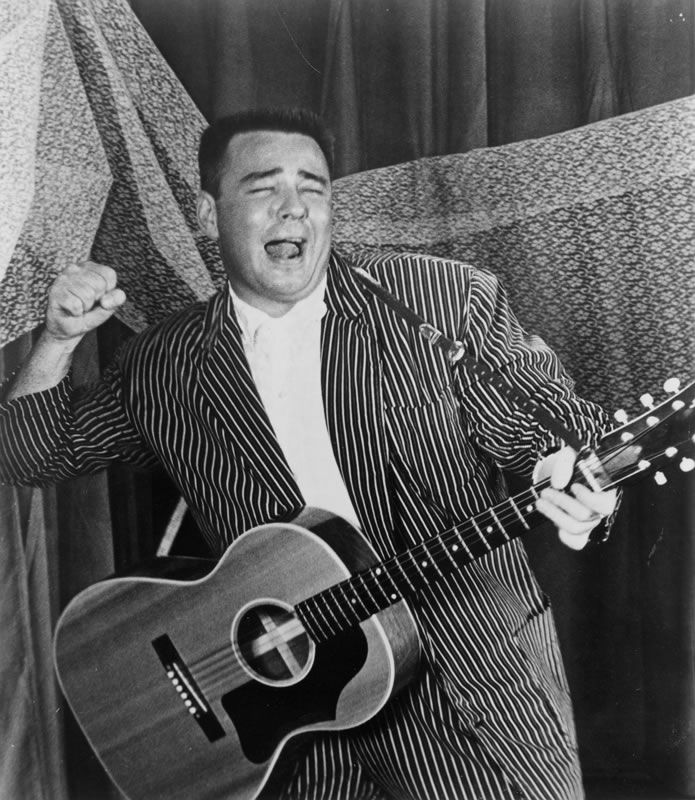
Hello, Baby! The Flirtatious Phone Call That Defined a Rock and Roll Legend 📞
The sound of The Big Bopper—the larger-than-life stage name of disc jockey Jiles Perry “J.P.” Richardson, Jr.—is instantly recognizable in the exuberant, playful, and slightly manic classic, “Chantilly Lace.” Released in the summer of 1958, this playful rock and roll single was an absolute sensation, capturing the ear and the heart of the nation. It was initially the B-side to “The Purple People Eater Meets the Witch Doctor,” but listeners and DJs quickly flipped the record, recognizing the true gem. Its immediate success saw it climb to No. 6 on the US Billboard Hot 100 chart and No. 4 on the Cash Box Top 100, spending a remarkable 22 weeks in the national Top 40 and earning the distinction of being the third most-played song of 1958. It also reached No. 2 in Canada and No. 12 in the UK, selling over a million copies by the year’s end and securing a gold disc for the Texas-born singer.
For those of us who remember the sheer electricity of those early rock and roll years, “Chantilly Lace” wasn’t just a song; it was a snapshot of an era, a three-minute masterclass in good-natured, tongue-in-cheek flirtation. It’s built entirely around a one-sided telephone conversation, where The Big Bopper takes on the exaggerated, yet charmingly earnest, persona of a ladies’ man. The song’s meaning is delightfully simple and straightforward: a young man is showering his girlfriend with compliments, listing off all the things he adores about her. The lyrics paint a vivid picture of 1950s youthful beauty—her “Chantilly lace and a pretty face,” her “ponytail hangin’ down,” and the irresistible combination of “a wiggle in her walk and a giggle in her talk” that “make the world go ’round.” The whole exchange is punctuated by his repeated, enthusiastic affirmation: “Oh, baby, that’s what I like!”
J.P. Richardson was already an established radio personality at KTRM in Beaumont, Texas, where he first used the “Big Bopper” moniker after adopting a dance popular with local teenagers, the “Bopper.” He was a seasoned songwriter, even penning hits for other artists like George Jones’s country chart-topper “White Lightnin'” and Johnny Preston’s later No. 1 pop hit “Running Bear.” It was this radio experience that likely inspired the unique, spoken-word dialogue format of “Chantilly Lace,” lending it an immediate intimacy and comedic flair that stood out amongst the era’s crooners and smooth vocal groups. It was a novelty tune, yes, but one executed with such charisma and energy that it transcended the label. It was this success, riding high on the charts, that led to The Big Bopper taking a break from the airwaves to join the now-legendary “Winter Dance Party” tour, a decision that, tragically, sealed his fate alongside Buddy Holly and Ritchie Valens on “The Day the Music Died” in February 1959.
This track remains a poignant memory for those of us who lived through that vibrant, yet suddenly-stilled, moment in music history. It’s a burst of joyful, innocent energy, forever preserved as the bold, funny, and utterly unforgettable legacy of the man whose larger-than-life persona was just beginning to hit its stride. It speaks to a time of innocence, drive-in dates, and the simple thrill of a long-distance telephone call that could make your world go ’round.